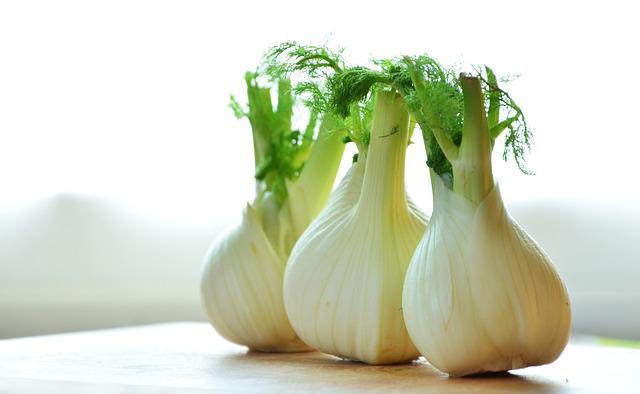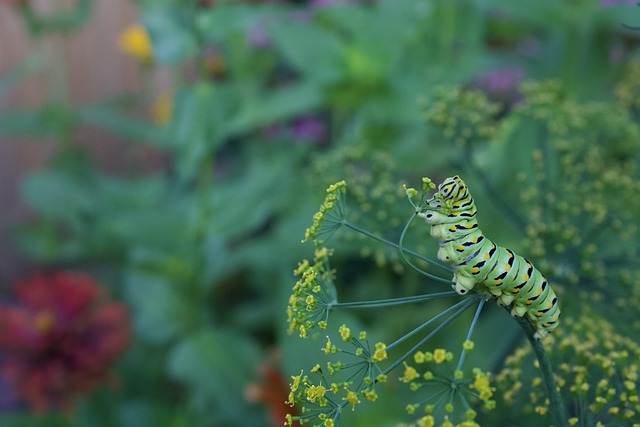My partner and I go antiquing pretty frequently. This isn’t necessarily out of any real desire to collect antiques, so much as it is the desire to support the local economy and also own furniture that isn’t particleboard. Some antique shops are very curated and fancy, while others are more… eclectic, shall we say.
Anyhow, if you’ve ever spent enough time in an antique shop, you’ve probably passed by at least one thing that you could absolutely picture holding the soul of a tubercular Victorian child. These are those things, ranked in order of how likely I think the potential ghost inside is likely to go all Annabelle on someone:
5. The Blinded Bride.

This is actually just a rad piece of outdoor sculpture, to be honest. It’s eerie, it’s evocative, and I love it. The artist who makes them, Shara Banisadr, is very cool. She was neatening up the area around the sculptures, and talked to us briefly about her work. Their faces are made of old vinyl records!
This wire lady also has friends:

I could probably see this particular piece in a setting like Bloodborne or Elden Ring, but I really think she’s more likely to be kind of sad versus actively murderous. Unless you try to hurt her or steal her blindfold, then she would absolutely wreck you like a Mike Tyson made of fishhooks. Truly the luxury model of potentially haunted object. I’m absolutely going to invest in one of these ladies once I have sufficient outdoor space (or a window that directly faces my neighbors, either or). I feel like they’d be good companions for all of the Isabellas.
Murderghost probability: 10%
4. The Courteous Wig Stand.

There’s something about her I dig. She reminds me of the women in 50s ads for housewares. The small, vague smile and wide eyes speaks of a kind of brittle, exhausted politeness. It’s the same expression and energy I had back when I worked retail, and I can appreciate that.
She’s probably not malevolent. You’re much more likely to turn around in a darkened hallway and see her hovering four feet in the air behind you, glowing faintly and slowly rotating. Somewhere, a distant, echoey voice like wind over an open grave will whisper, “Do you need help finding anything?”
There’s no saving you if she runs out of Valium, though.
Murderghost probability: 30%
3. The Fading Child.

There’s a certain sad-yet-focused intensity in this kid. The level of detail in their face, coupled with the strokes almost the exact color of dried blood, creates an image that’s at once aesthetically pleasing and extremely unsettling. They look vaguely displeased about something, and I’m pretty sure they think that’s my fault.
This is basically the exact kind of picture you see as a haunted object in movies. A mansion burns down, or cracks and crumbles like the House of Usher, and all that’s left is this kid. Staring. Subtly frowning. Lightning cracks the sky, and their brow furrows ever so slightly.
I don’t think the child is likely to murder anyone directly, but I refuse to believe that they haven’t been associated with a series of “accidents.”
Murderghost probability: 50%
2. The Tragic Hound.

Don’t let the puppy eyes fool you. This is absolutely haunted, and absolutely just waiting for you to let your guard down.
See the hints of red in the eyes? The way they seem to follow you around the room?
This painting absolutely houses some kind of Shadow Hearts-style monster. Like, I don’t know, an evil mailman. Notice how even the shop owner placed him behind several objects. It’s because they know. Do not gaze upon the full glory of the tragic hound, lest it pursue you for an eternity.
Murderghost probability: 70%
1. The Dapper Man.

HE’S SEEN YOU.
Murderghost probability: Run.


















